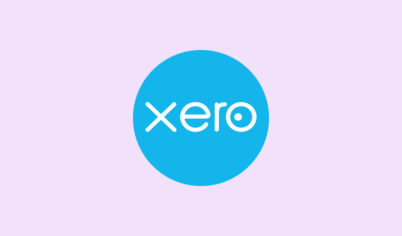Employee vs Contractor – 5 Factors That CRA Uses to Help Determine

If you’re a small business owner and you’re paying your team members as consultants because you either want to avoid some of the administrative work that comes with payroll or because you want to save a bit on taxes, you might be exposed if you haven’t considered the criteria that CRA uses to determine the employee vs contractor nature of the relationship. Below we’ll look at 5 factors that the CRA uses to help make this determination.
Many business owners would prefer to treat their workers as independent contractors or consultants since it’s typically a bit easier to manage and no payroll taxes need to be paid. The worker would also prefer this type of relationship as well. But you must look at the nature of the work relationship in order to determine a worker’s status.
Even if you have a contract in place that states that the worker is a contractor, the nature of the work relationship always trumps this. Even if you have a contract in place that states that the worker is a contractor, the nature of the work relationship always trumps this.</a> The risks of not treating this situation correctly means that you could face assessments from the CRA where interest and penalties are levied after an audit takes place; certainly never a fun situation. Take a look at the factors below to help apply them to your unique situation.
Factor 1 – Control
In order to help determine an employee vs contractors relationship, the CRA will look at who in the relationship is in a position of control to determine where, when and how the work gets done. Even if the worker chooses his own schedule and how to carry out their work, the CRA will also look to see who has the right to control the work. Sometimes an employer can just sit on the sidelines and let an employee determine how to carry out their work, but that doesn’t mean the worker has control.
Factor 2 – Ownership of tools & equipment
As a business owner, do you own the tools that your workers use? If so, that’s typically a point in favor of an employee relationship. If your team member owns some (or all) of the equipment that needs to be used throughout his or her day-to-day activities, then that could point to a contractor relationship. Someone who is truly independent and working for themself would usually not be provided with tools and equipment to get their work done.
Factor 3 – Chance of profit/risk
Employees are paid salaries and/or commission. But when a worker has a chance of making a profit or risks incurring a loss, this is much more indicative of a contractor. For example, an online marketing consultant may have negotiated the price of the contract, rented an office, spent money on office equipment, business cards and a website in order to give that individual a more professional image and acquire one of his or her larger clients. The fact that this person has spent money trying to acquire this client shows that there is a chance that he or she may incur a loss if the contract doesn’t work out. On the other hand, if the contract works out, there is a likelihood that a profit can be generated (ie. revenues earned exceed expenses incurred).
If an individual is exposed to the risks and rewards or either profit or loss, then that can be indicative of a contractor relationship.
Factor 4 – Dependence on the organization
Is the individual financially dependent on the organization they are doing work for? If so, this would be a point in favor of being classified as an employee. If the individual earns 95% of their income from one company, this may point to that person being an employee of that company. If the worker has several contracts in place with many different clients, and only earns 25% of their total revenues from your business, then the argument can be made that they’re not financially dependent on you and therefore may not be viewed as an employee.
Factor 5 – Intention of the parties
Looking at the intent of both parties when they commenced their working relationship is a critical point. Initially, did the worker and company intend for there to be an employment relationship or business relationship? Did the company offer health benefits, vacation days, access to the company gym, etc? Essentially, how did the relationship start? As an employee or as a contractor?
The initial intention of the parties will shape the way the worker will be treated in the eyes of the CRA. Although both parties are free to set up their affairs as they see fit, at the end of the day, they need to ensure that this status chosen conforms to the actual relationship.
Are your workers employees or contractors?
While the 5 factors listed above certainly help, there are numerous other subtleties and criteria to consider. The CRA takes this seriously because a lot of businesses try to avoid putting workers on payroll to save a bit on taxes. If you’re also hesitant to put works on payroll in fear of the additional administrative duties, you might want to check out the top 4 online payroll services for your small business.
Another point. While the factors above provide a good sense on whether your team members are considered employees or contractors, the criteria, while largely similar, are different in Quebec than the rest of Canada. So if you have workers in Quebec, then ensure that your professional is knowledgeable with the landscape in that province.
As the above is quite open to interpretation, if you’re unsure about how to treat your workers and want to avoid any trouble with the CRA, you can either speak to a professional or request a ruling from the CRA.

